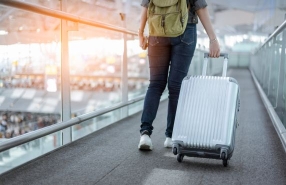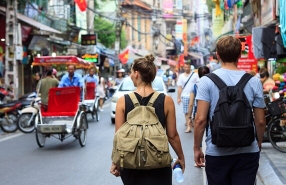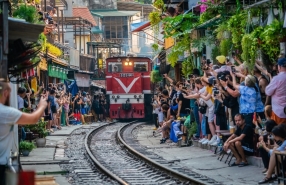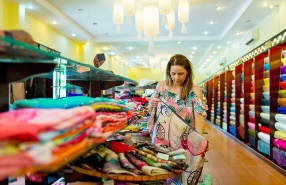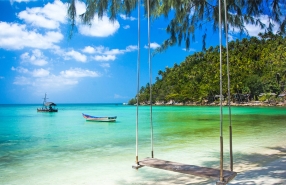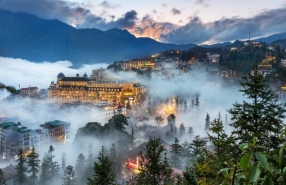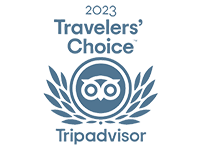What Not To Do In Vietnam ? Top 7 Things To Avoid In Vietnam

Dreaming of a trip to Vietnam — with terraced rice paddies, floating markets under bright sunshine, and warm, kind smiles ? Before you head out on your journey, it’s useful to know what not to do in Vietnam so you're able to take full advantage of your trip and live life like a local, while respecting the local culture. This country, as enchanting as it is elusive, has its own mores – sometimes a little jolting for Western travellers. If you'd like to avoid feeling like you have two left feet and genuinely understand the local lifestyle, there are a handful of things you should know before you go. In this post Autour Asia, your Vietnam travel expert, gives you the best tips on how to travel in Vietnam and what not to do, so that you can make the most out of your trip to Vietnam.
Table of Contents
- I. Why is it important to know what to avoid in Vietnam ?
- II. Top 7 things to avoid in Vietnam
- 1. Proper clothing in temples and sacred places
- 2. Gestures and behaviors to avoid in places of worship
- 3. Table manners in Vietnam
- 4. Cultural mistakes in everyday life
- 5. Sensitive topics in conversations in Vietnam
- 6. Inappropriate behavior in public spaces and urban life
- 7. Behaviors to avoid regarding traditions and nature in Vietnam
- III. Tips for a respectful and successful trip to Vietnam
I. Why is it important to know what to avoid in Vietnam ?
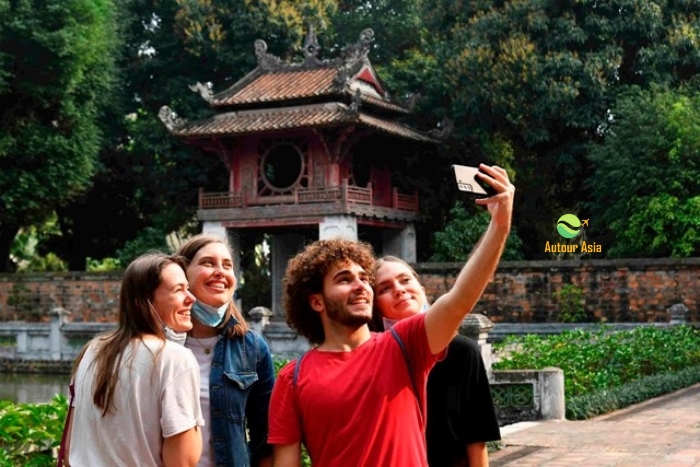
Travel in Vietnam is travel to a engrossing land with a fine blend of traditional lifestyles and bustling modern life. From the vast rice paddies of the North to the bouncing boats with floating markets on the Mekong, there is no end to symbols and respect. However, some Western habits can be misunderstood or seen as impolite. To be informed about what not to do in Vietnam and noticing the signs of things to avoid in Vietnam can help to avoid frustrations and show a true respect to the local people. With this knowledge of cultural codes, you can connect more easily with the Vietnamese, earn their trust, and experience something far more authentic. Traveling with respect can also bring you to discovering the soul of Vietnam — gentle, modest and kind is the essence of the land.
II. Top 7 things to avoid in Vietnam
1. Proper clothing in temples and sacred places
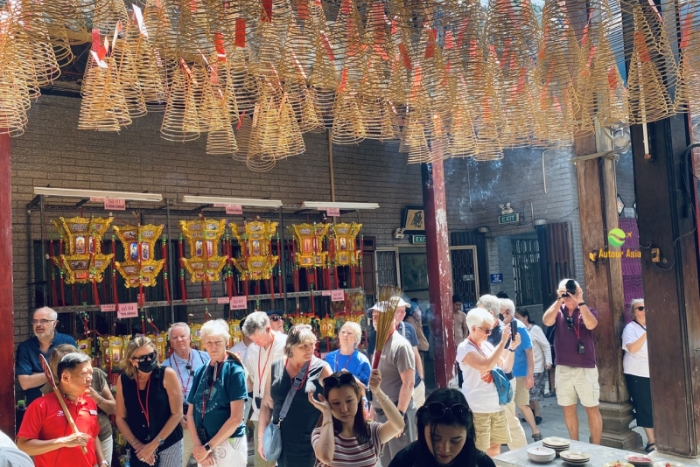
In Vietnam, going to a temple or pagoda isn’t the same as touring a monument — it’s more about slipping into a pocket of quiet and spirituality. The moment you walk in, the air is clear, the smell of incense wafts in the quiet, and everything is designed to get you into the right mind state. There is great significance clothing in these places, and overlooking some rules is one of things not to do in Vietnam.
It is recommended to cover your shoulders and knees, and to wear clean, modest, and non-transparent clothing. Take off your shoes before going in — and sometimes your hat — as a sign of humility, not out of necessity. Short or tight clothes draw the eye and disrupt the harmony of the place. Dressing plainly is also a simple demonstration of respect towards the worshippers, while allowing you to truly feel the unique spiritual atmosphere that fills these temples.
2. Gestures and behaviors to avoid in places of worship
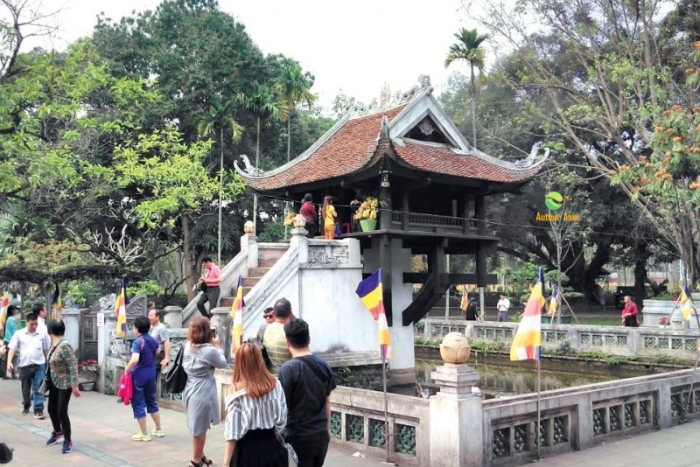
In a temple or pagoda in Vietnam, every gesture has meaning. Here, you are going into a temple of tranquility, not a tourist site. It is therefore essential to keep quiet, walk very slowly and be respectful to those who are praying. Don’t touch the Buddha statues or the offerings they put on the altar, either — it’s just good manners. And no pictures without asking, especially if there are monks or the faithful around. If you wish to make an offering, just put it down lightly with both hands — a small but heartfelt gesture. To know what not to do in Vietnam also means you need to know how to behave when you visit these holy sites because tranquility and modesty are the best way to show your respect. These small, subtle gestures usually convey more than a thousand words.
3. Table manners in Vietnam
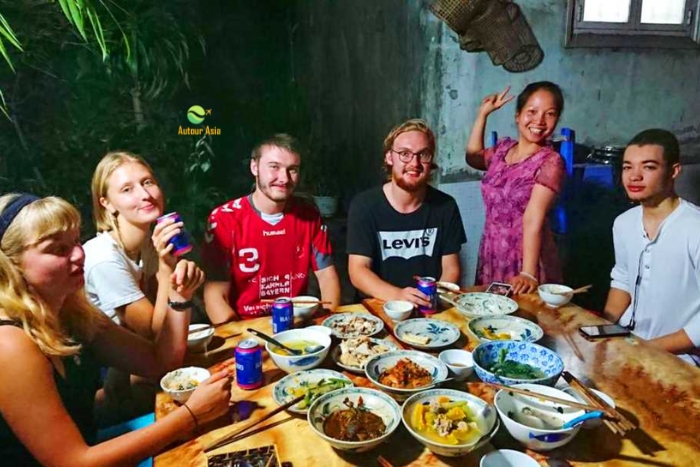
In Vietnam, sharing a meal is much more than just eating - it is also a symbol of friendship, respect and togetherness. The Vietnamese table traditionally features an array of small dishes meant to be shared, and everyone serves themselves with care. Well, there are some rules that you need to follow here. Don’t ever place your chopsticks upright in a bowl of rice — it looks like you’re making an offering to your ancestors. Use the communal spoon to dish out food to yourself, and let the oldest person at the table eat first. Don’t leave too much food on your plate, as it may be seen as wasteful. During the meal, avoid speaking too loudly or criticizing the dishes, even if the taste surprises you. Learning the top things to avoid in Vietnam also means understanding these simple gestures that show respect for local culture. And when you finish your meal with a sincere “Cảm ơn” — thank you — it’s as if all of Vietnam smiles back at you.
4. Cultural mistakes in everyday life
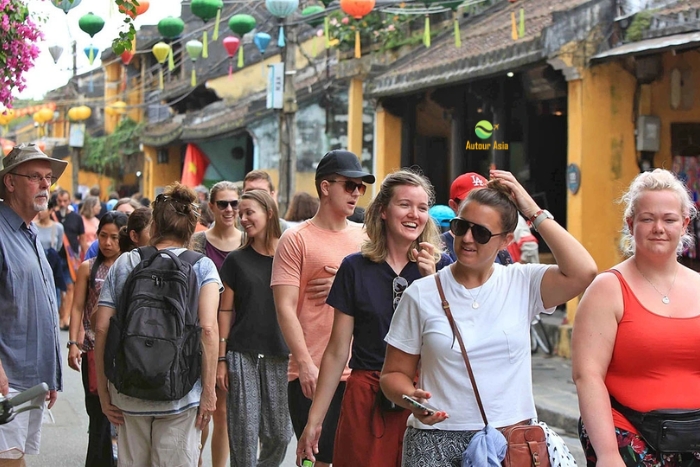
In the bustling streets of Vietnam, amidst the sound of motorbikes and laughter of the people, life still holds an unexpected softness. This contrast is just part of the charm of the country: here politeness and understatement are still vital, even in the middle of the hustle and bustle... Raising your voice, impatience or anger in public are frowned upon and calm demeanour is interpreted as a sign of respect.
In daily interactions, a sincere smile is worth more than a long speech, and a calm tone always eases situations. Avoid touching a child’s head or pointing your finger at someone — gestures that might seem harmless elsewhere but are considered impolite and count among the common Vietnam travel mistakes. Even when a misunderstanding occurs, keep your composure; in Vietnam, losing your temper means losing face. By observing the Vietnamese — always discreet, smiling, and patient — you’ll understand that here, respect is something you live, not something you say.
5. Sensitive topics in conversations in Vietnam
In Vietnam, smiles and laughter are woven into the fabric of communication, as are kindness and respect. The Vietnamese like to keep their conversations simple, with a little humour and gentleness, but some discussions can quickly become uncomfortable. That's important information to help you know what not to do in Vietnam in order to avoid misunderstandings and really show cultural sensitivity. Also avoid talking about politics, the Vietnam war, or make comparisons to other countries — these are sensitive topics that could create tension.
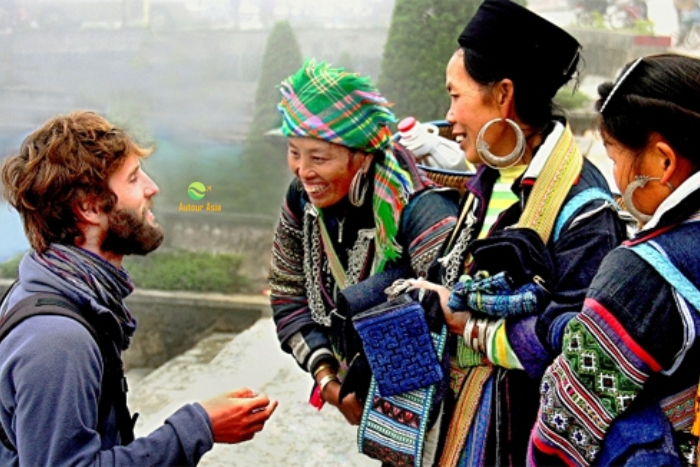
Avoid asking too personal questions about salary, religion or family situation – modesty is a sign of respect here. If a person is vague or busy changing the topic, don’t take it personally; it’s a polite way to avoid embarrassment. When you make your language simple, friendly and honest, you'll find that a conversation in Vietnam often becomes more than just an exchange - it's a sharing, a connection, albeit fleeting, of gentleness and respect.
6. Inappropriate behavior in public spaces and urban life
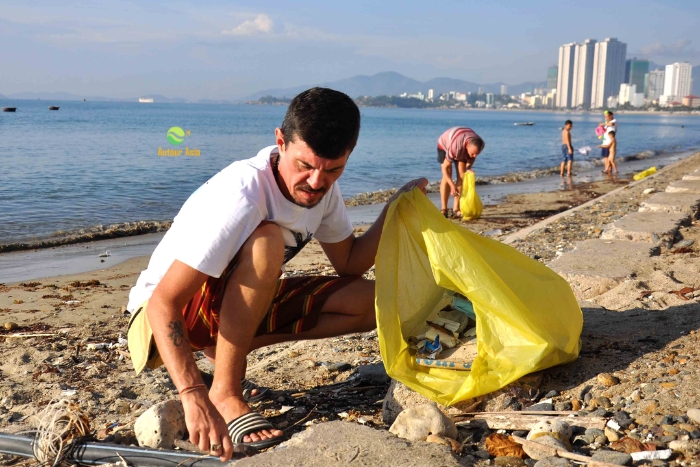
In Vietnamese cities, life is lively, sometimes noisy, but it does withstand a certain order and sound mutual respect. But a few devices are sure to grab attention in no time, and these are some of the things not to do in Vietnam. Talking loudly in cafés, buses or markets is discouraged — Vietnamese people love a bit of discretion even among the chaos of its streets. Public displays of affection, such as kissing or hugging, are rarely appreciated, especially in traditional areas. Throwing trash on the ground, smoking in enclosed areas and putting your feet on seats should also be avoided. Off on the bus, too, it’s a given that you’d give up your seat for an elderly person, and crossing the street carelessly can be both dangerous and impolite. These minor slip-ups, often unintentional, may seem harmless, but in Vietnam, they are quickly noticed — and rarely forgotten.
7. Behaviors to avoid regarding traditions and nature in Vietnam
Vietnam charms its visitors with its rice paddies, the softness of its mountains and the friendliness of its inhabitants. But these delicate treasures need to be protected. Many travelers, often without realizing it, leave traces that are best not left behind. Throwing trash into nature, single use or banned plastics, disrupting wildlife are some of the most harmful actions.
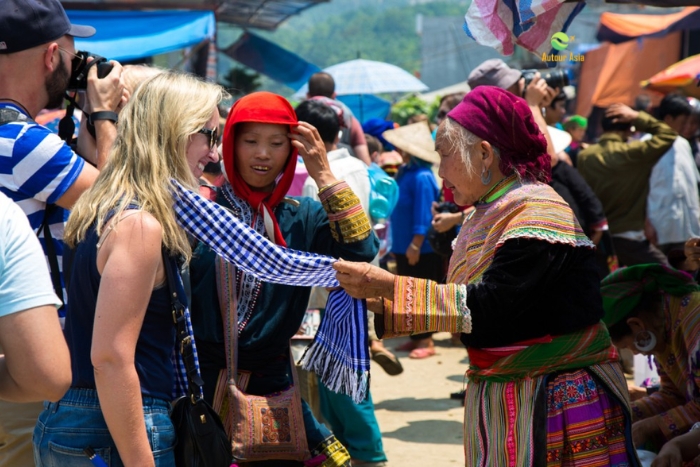
In villages, it is also considered impolite to photograph locals without their permission, especially the elderly or children. Some traditions, such as ceremonies or offerings, are not performances: observing is fine, but interrupting or commenting is not. Touching sacred objects or inserting yourself into a ritual is seen as disrespectful. Understanding what not to do in Vietnam before traveling also means learning to protect nature and honor local customs. Traveling here is not only about discovering — it’s also about knowing how to stay humble and discreet.
III. Tips for a respectful and successful trip to Vietnam
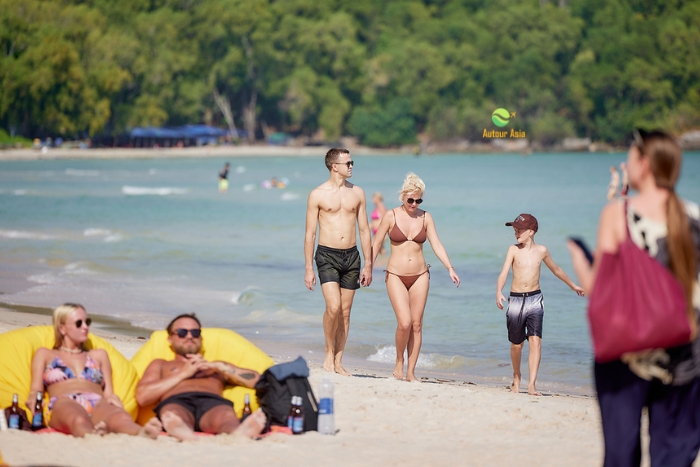
Traveling in Vietnam means discovering a country of contrasts, where the gentleness of smiles meets the energy of the cities. To live this experience with respect and harmony, it is important to know the things not to do in Vietnam, because a few simple gestures can make all the difference:
- Observe before acting: In Vietnam, many things are understood through looks, gestures, or silence. Take the time to see how locals behave before doing the same.
- Always greet and thank: A simple “Xin chào” (hello) or “Cảm ơn” (thank you) is enough to create a warm and respectful connection.
- Stay calm and patient: Vietnamese people value serenity. Avoid getting angry or raising your voice, even in case of misunderstanding.
- Respect local customs: Enter homes or temples with humility, remove your shoes, and keep a composed attitude.
- Protect the environment: Limit plastic use, dispose of your waste properly, and choose eco-friendly accommodations.
- Show kindness: Accept differences with a smile, without judgment or comparison. Respect attracts respect.
- Be discreet: Before taking a photo of a person, a monk, or a ceremony, always ask for permission politely.
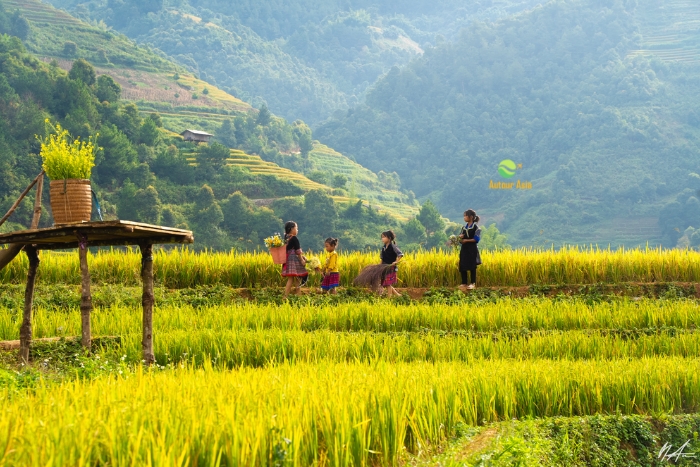
Discovering Vietnam doesn’t just involve venturing into its scenery or experiencing its pungent food — it also means learning to read the language of its spirit. What not to do in Vietnam is a reflection of the country's culture, its traditional modesty, and its soft lifestyle. By paying attention to the things to avoid in Vietnam, you'll discover a sincere country where every smile and every gesture carries deep meaning. With Autour Asia, we hold the view that a great trip is not defined by the places you go but the interactions you are able to have with respect and curiosity. Vietnam is not just an itinerary — it’s an experience to feel, to share, and to live fully, with an open heart and a kind spirit.
Learn more:
- How to get around Vietnam on a budget
- All inclusive trip to vietnam during festivals
- Luxury travel Vietnam 2 weeks
- Vietnam Travel itinerary 2 weeks
- Vietnam Tours
During a 14-day trip to Vietnam, you can experience the country’s most iconic highlights from North to South. Begin in Hanoi, a lively capital filled with historical landmarks, ancient temples, and charming streets. Cruise through the breathtaking limestone cliffs of Ha Long Bay, a UNESCO World Heritage site, before heading to Ninh Binh to explore its peaceful rivers, rice paddies, and karst landscapes. Discover the rural beauty of Mai Chau, where you can hike through lush valleys and meet ethnic minority communities. Continue south to the imperial city of Hue, home to the Citadel and royal tombs, then stroll through the lantern-lit alleys of Hoi An, one of Vietnam’s most enchanting towns. Finally, venture into the Mekong Delta, where floating markets, coconut groves, and local homestays reveal the warmth and simplicity of southern life. This 14-day journey captures Vietnam’s rich heritage, natural beauty, and authentic spirit at every step.
For a 10-day trip to Vietnam, you should plan a budget of around $900 to $1,200 per person, depending on your travel style and comfort level. This estimate covers comfortable 3-star hotels ($20–35 per night), local meals ranging from $2 to $8, domestic flights between major cities like Saigon, Nha Trang, and Hanoi ($60–70 each), and must-do activities such as a Halong Bay cruise ($120) or island tours in Nha Trang ($30–50). Transportation, including taxis, airport transfers, and intercity buses, remains very affordable — often under $15 per ride. Altogether, this budget allows for a smooth, authentic experience without overspending, blending culture, cuisine, and natural beauty from South to North Vietnam.
Yes, bargaining is an essential part of Vietnamese culture, especially in local markets. It’s an almost ritual exchange, often accompanied by smiles and humor. However, it’s important to stay respectful — raising your voice, mocking, or insisting too much on the price are behaviors to avoid. Knowing what not to do in Vietnam in these situations means understanding that bargaining is not a competition, but a moment of human interaction. If you reach a fair agreement, always end it with a smile — it’s the key to a successful exchange and a pleasant memory.
Related travel guide
Other similar articles
CUSTOMIZABLE BY LOCAL EXPERTS
Personalized trip at the original price!
REFUND GUARANTEE
We believe in our work and promise to give you money back.
GOOD PRICE / QUALITY
95% satisfied more than expected!
24/7 LOCAL SUPPORT
We are always available online to provide assistance at any time.
Most read articles
Autour Asia is highly recommended on
Embracing the mission of "Satisfied more than expected" and providing authentic experiences, we have received numerous recommendations on reputable travel forums:












